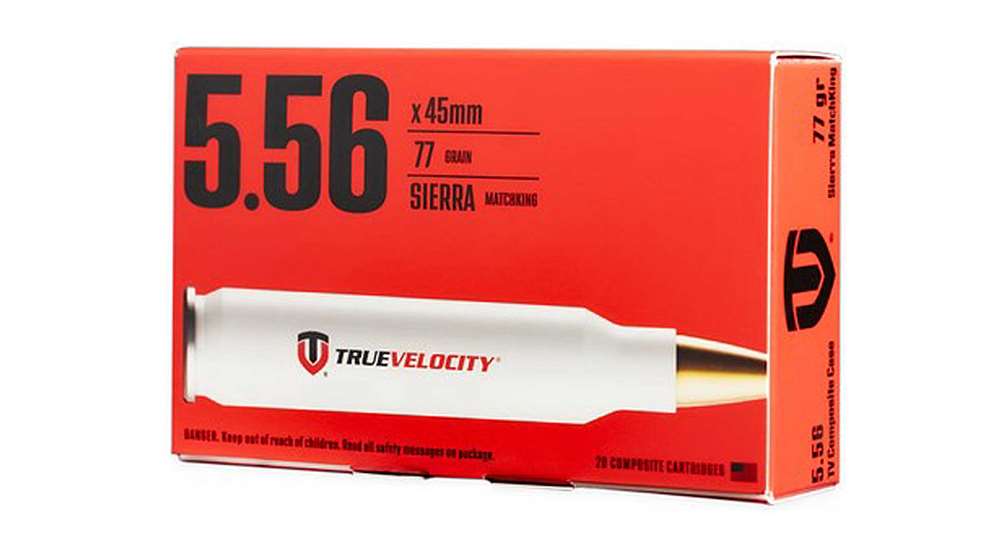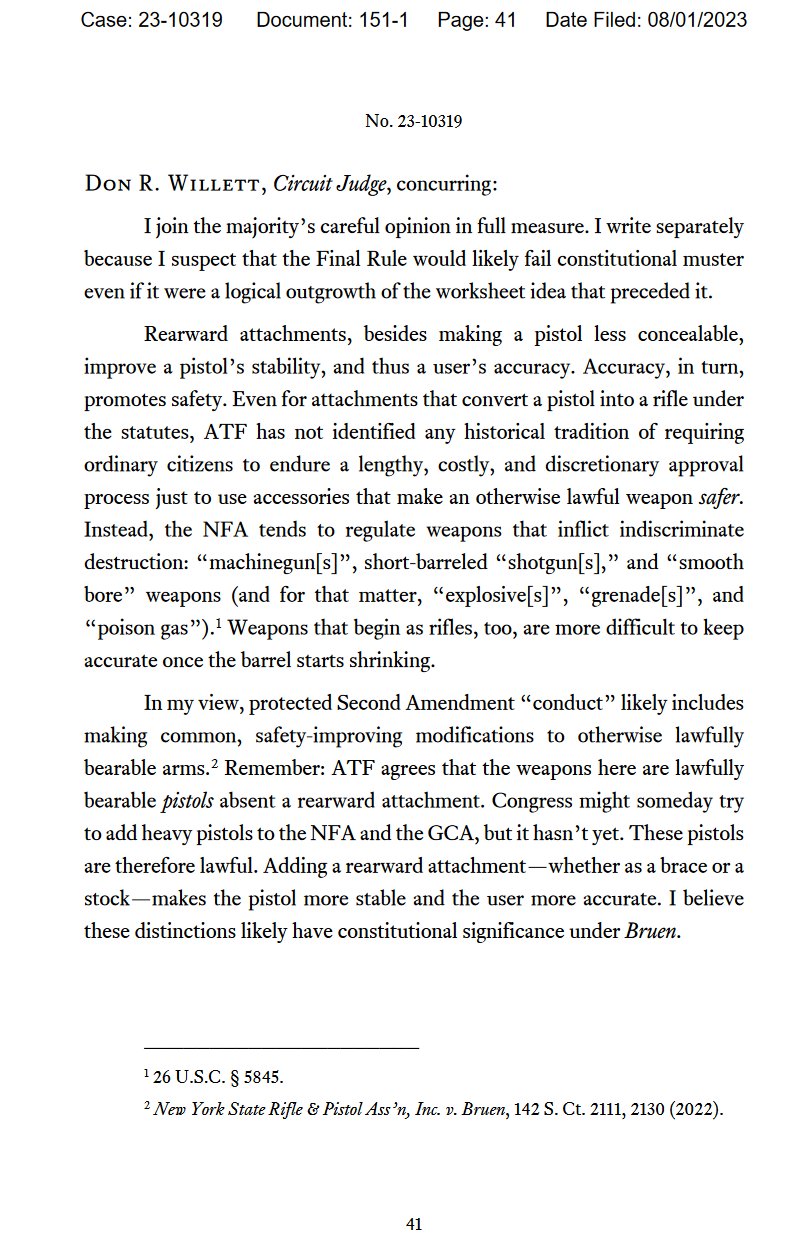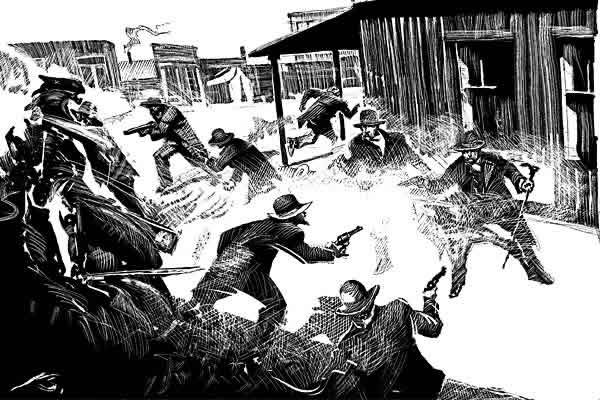Vista Outdoor Sporting Products Ammunition Business To Be Renamed ‘The Kinetic Group’
Last year, Vista Outdoor announced plans to split its business and brands into two separate publicly-traded businesses, spinning off its outdoor brands from its remaining sporting products business (ammunition makers Federal, Remington, CCI, Speer and others). This was after Vista sold off Savage Arms in 2019. This week Vista announced the sporting products (ammo) business will renamed The Kinetic Group. They issued this press release . . .
Vista Outdoor Inc. (NYSE: VSTO), the parent company of 41 renowned brands that design, manufacture and market sporting and outdoor lifestyle products to consumers around the globe, today announced its new name and identity that will be effective following the planned spinoff of Vista Outdoor’s Outdoor Products business.
Post-spin, Vista Outdoor will be rebranded as The Kinetic Group, a name that surfaced among employees during the naming process and represents the energy behind the company and its leading ammunition brands. The Kinetic Group will trade on the New York Stock Exchange under the stock ticker “HUNT,” and the brand will feature original logo artwork of a North American ram. Sporting Products leaders unveiled The Kinetic Group’s branding to employees during an employee town hall on Aug. 10 at the CCI-Speer ammunition factory in Lewiston, Idaho.
“The performance of our products is so often measured in energy on target. Kinetic energy is the force behind our world-class brands and exhibits the spirit of the 4,500 American workers who represent our company,” said Jason Vanderbrink, Sporting Products President and CEO. “The process of developing a new company name and identity has been exciting and inspiring. We’re all proud of the brands we represent and the products we make in our four American factories. Harnessing the enthusiasm of our employees throughout this process was pivotal to coming up with the best name and logo as we move closer to becoming a standalone company.”
After careful review of hundreds of name options and logo iterations, Vista Outdoor is now one step closer to completing the strategic separation of its Sporting Products and Outdoor Products segments.
“The Kinetic Group will be our name moving forward after the separation and be used for corporate identity to bring employees and stakeholders together with a common purpose and strategic approach,” Vanderbrink said. “To hunters and shooters, their favorite brand of ammunition will take center stage as it always has — they’ll look for CCI, Federal, HEVI-Shot, Remington and Speer on the shelf, at events and online.”
To watch the launch video, visit www.thekineticgroup.com.
The rebranding of Sporting Products is one of several milestones for Vista Outdoor as the company plans to separate its Sporting Products and Outdoor Products segments. In the Sporting Products segment, Vanderbrink was named CEO of the segment in April to go along with his title of President. In July, he was appointed to the Vista Outdoor board of directors, and he will be a director on The Kinetic Group’s board of directors post-spin. Joining Vanderbrink on The Kinetic Group’s leadership team are Andy Keegan (CFO) and Jeff Ehrich (General Counsel and Corporate Secretary).
In the Outdoor Products segment, Eric Nyman will begin as CEO of the segment on Aug. 21, and he will be CEO of the new Outdoor Products company post-spin. The new Outdoor Products company will be led by Nyman and a dedicated management team that he will hire. Vista Outdoor will announce the name of the new Outdoor Products company in the coming weeks, followed by the unveiling of the company’s branding at Investor Day in October in New York City.
Gary McArthur will continue as interim CEO of Vista Outdoor until the completion of the spinoff. McArthur will focus on completing the separation of Vista Outdoor’s Sporting Products and Outdoor Products segments in calendar year 2023, in addition to overseeing Vista Outdoor’s corporate, administrative and financial reporting functions, risk management, stockholder engagement, and ensuring strategy cohesion and coordination across both segments. McArthur will continue serving on the board of directors of Vista Outdoor until the separation and will become the chair of the Outdoor Products company’s board of directors post-spin.
“Sporting Products’ selection of The Kinetic Group as its new name has given Vista Outdoor a surge of energy as we prepare to separate into two independent, publicly traded companies,” McArthur said. “The dedicated, talented and hard-working employees of our Sporting Products segment have delivered a brand name and identity that will be the envy of the industry — much like the products they make at our factories around the United States.”









